While social media has been around for quite some time, it’s only recently become recognized as a powerful tool in the world of marketing. Apart from its exponential growth in users, it has also become a new means of connection between brands and their consumers. In 2005, only 5% of American internet consumers used some form of social media, and as of 2020, that number has risen to over 70%. Worldwide, there are now 4.62 billion social media users, equating to over 58% of the world’s population.
Nowadays, it can even be detrimental if you as a business don’t have an online presence, as many people take to the internet when deciding what they want, and where they want it from. Social media can provide users with many things in one place, such as product reviews, social proof, and a community to belong to in literally any niche. In fact, 93% of marketers use Facebook as a platform for advertising. This is where social media content branding comes in, and it’s a good idea to consider joining in on this colossal form of digital marketing.
Social media branding doesn’t just stop at having social media accounts and leaving some posts here and there. It’s the process of building a brand’s identity and communicating with your audience in a consistent manner, congruent with your brand’s image as a whole. At its core, it has become one of the leading forms of marketing, so it’s essential to understand how social media branding works and why it is so crucial for every brand to take part in its creation. Not only is it a method for your fans to follow your brand, but it also can be the first impression for many new potential customers. With that in perspective, here are the basics of social media marketing, and some of the most helpful tips to integrate into your branding strategy.
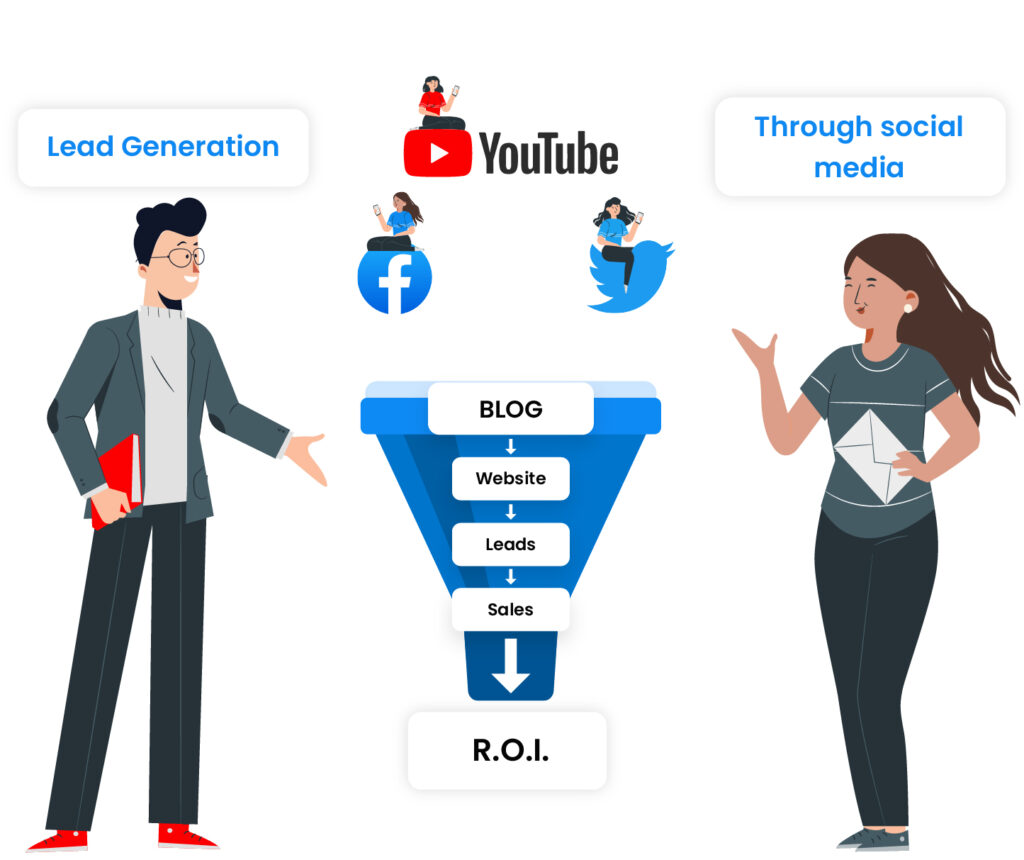
What is social media content branding?
Social media content branding is the process of leveraging the power of social media platforms to engage with your audience while building a vision and image of your business. Social platforms are incredibly powerful tools that can be used to market your brand to a massive audience. When building your brand’s image on different social media channels, you define your visions, goals, and unique features to make your brand recognizable and memorable to social media users. This in itself boosts brand awareness and attracts potential customers that are harmonious with your brand’s image. Your online presence helps you engage with your prospects, allowing you to form relationships and build a loyal community in the long run. Many businesses choose to have an online presence on multiple social channels depending on their niche, the most common being:
- TikTok
Social media content branding is an absolute must for any business in this day and age. By harnessing the power of social networks, you can connect to your target audience and stand out from your competitors. Finding fun, creative and unique ways to interact with your fan base helps keep activity levels up while simultaneously building authenticity and brand trust. The flexibility of social media gives every business, no matter the industry, a chance to step out of the box and intertwine advertising with consistent engagement. Being fun, relatable, and personalized contributes to being seen as a more approachable brand.
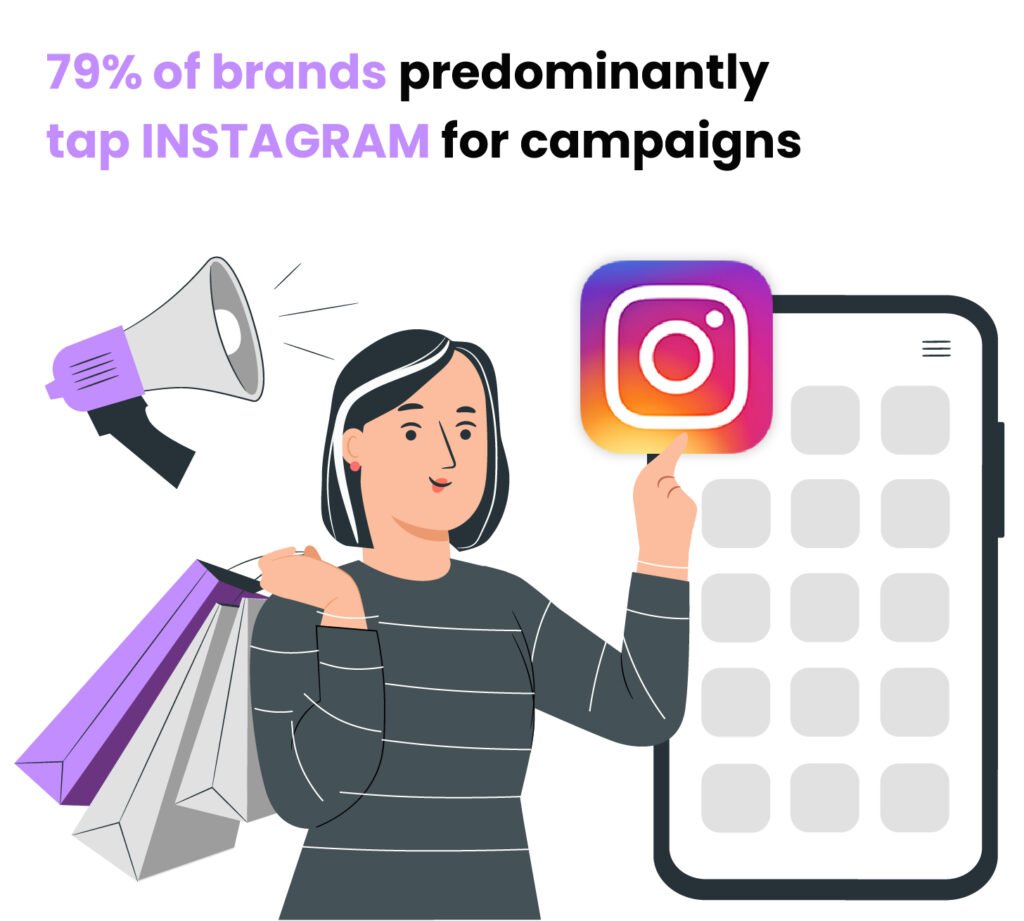
Why is social media branding important?
As of now, social media is one of the most dynamic and influential tools that can advance any digital marketing strategy. To put this into perspective, 79% of marketers use paid advertising on social media platforms. By dedicating efforts to your social media marketing strategy and building a solid online presence, you give yourself a competitive advantage over others in the industry. Not only do you position yourself to be closely connected with your target audience, but you are also in charge of how they see you as an overall brand. How you communicate your values and visions contributes to your relationship with your prospective customers.
People like it when they feel a business is more relatable and approachable. It adds to the overall levels of trust they have with the business. Having high levels of credibility, as well as authenticity and transparency, greatly benefits businesses in the long run. Reaching this point is ideal for any business’s branding goals because it increases conversion rates, facilitates journeys in the sales funnel, and nourishes customer retention.
The massive exposure businesses get from social media content branding is also extensive and incredibly valuable. Offering fun and valuable content helps your content get activity, and we all know how treasured those likes, shares, and comments are! In such a globalized world, social media content branding offers any business the chance to skip over restrictive geographical boundaries and grow in the digital expanse of social media users.
Tips on how to build a brand on social media
If you’re ready to start your social media branding efforts, you’re already headed in the right direction! While creating social media accounts is incredibly easy (not to mention, usually free of charge), there are still some tips and tricks that can help your marketing strategy in the long run. Here are ten useful tips that are sure to improve your social media content branding strategy for your business.
1. Make a plan
As with anything else in marketing, making solid short and long-term plans is essential for identifying clear business goals and finding the most efficient way to achieve them. Fortunately, social media is something that has been around for quite a while now. Most people are familiar with using it, so implementing it into marketing and branding efforts may seem much easier than using lesser-known programs or platforms. Making social media profiles on social media platform giants, such as Instagram, Facebook, and Twitter, is free, so locking in an online presence is pretty much guaranteed. That alone, however, isn’t enough, so make sure to add social media branding maintenance into your marketing budgets. Creating clear and achievable goals, researching the business competition, and conducting a social media audit are all helpful when making plans. Another useful method when preparing is to incorporate the S.M.A.R.T. framework:
- S: Specific
- M: Measurable
- A: Achievable
- R: Relevant
- T: Time-based
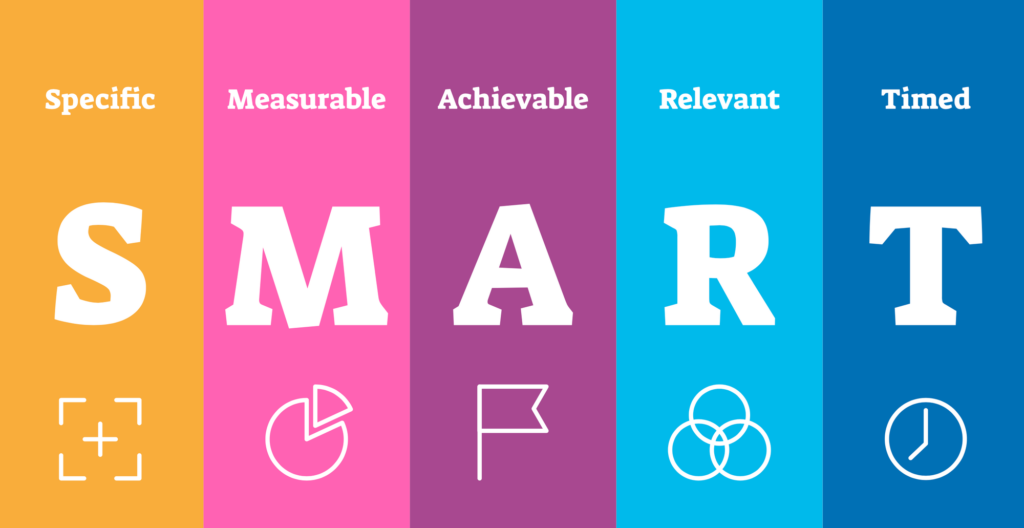
Keeping these five elements in mind while constructing a social media marketing plan is sure to make it clear-cut and coherent for all involved.
2. Use analytical tools
During your social media branding efforts, it’s a good idea to monitor campaign performance and identify exactly what is and what isn’t working. This allows you to make modifications and later improve certain elements to enhance performance. Finding affiliate management software, such as Post Affiliate Pro, and implementing it into your affiliate marketing strategy is ideal for long-term marketing campaigns. You can set it up so that you’re monitoring specific aspects of your campaign that matters to your business the most. You can also track engagement and traffic performance from influencers and content creators that you partnered up with. Using analytical tools is a sure way to give yourself a better idea of how your social branding efforts are going, and where you can put your attention for improvement. Over time, this will tweak and tailor your campaigns specifically for your business.
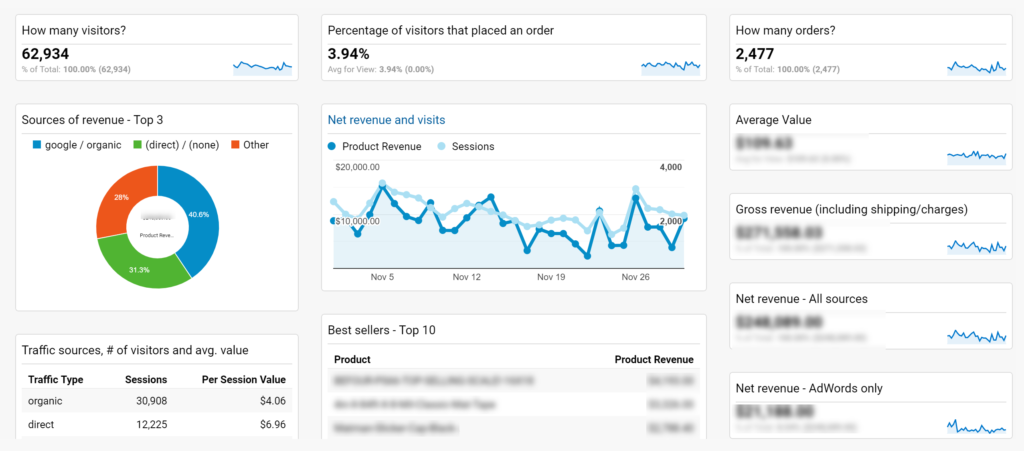
3. Seek relationships, not just sales
Even though watching your follower count grow may look like you’re on the right track, it’s not a good idea to keep it solely numerical. For the most part, there are real people behind those numbers who chose to follow and interact with your brand. Try to return the sentiment and reach out, because making relationships with your target audience is crucial to customer retention and creating a loyal fan base. Over time, this also helps you get to know your prospects and allows you to build a buyer persona for your marketing efforts. Having your buyer personas clear also helps with understanding buyer behavior surrounding your product or service.
When maintaining your social media presence, try to create habits that encourage audience engagement. For example, don’t just share or like others’ user-generated content, try to reply and initiate a conversation when appropriate. Use @mention to reference users in your posts, and reply when others @mention you! Another crucial habit is to answer questions when people ask, as this not only makes you approachable, it brings down that digital wall and makes your brand more accessible.

4. Pay attention to trends
Following trends can be tedious, but in the case of social media branding, it can be a great tool to keep content fresh and relevant. The topic of trends can range from memes and industries all the way to gossip and news. It is so dynamic, and being able to intake new trends and piggyback on them can give an extra hint of relatability to your content. Incorporating things like TikTok challenges, video filters, or even the latest Netflix binge-craze is enough to get your customer base active. Remember the Squid Game hype that took the internet by storm? Many businesses hopped on the sugar honeycomb trend and incorporated their logos into memes. Take Pepsi as an instance, which published this image on their Instagram page, telling their audience “If you know, you know”. In many cases, less is more, and giving a small digital “wink” using content is a great, low-cost method to keep up with the trends and give your social media followers something relatable to talk about.

Getting to know your way around hashtags is also crucial for social media branding strategies. Not only can you use the ones that are already trending (even platforms like Twitter lists the top trending hashtags for you on a daily basis), but you also can make and start your own. Creating social media campaigns around a hashtag and jumpstarting your own trend in the industry is also a great way to keep things fun and interesting while giving your active users something to do.
5. Use automation
Automation can be a godsend in the case of social media branding efforts. Of course, this doesn’t imply using automation as a main means of communication, nor does it mean you can leave most of your branding efforts at the push of a button. It’s rather meant to help reduce hours spent on repetitive tasks and focus real manpower where it’s needed more. For example, email marketing automation is one of the most used forms of marketing today. Drip campaigns are shown to be highly effective and can be programmed beforehand.
Statistics have shown that businesses using email automation with prospective customers see up to a 451% increase in qualified leads. Another form of automation is chatbots, which also have demonstrated high effectiveness. Fortunately, users even prefer this method, as 63% of users claimed they prefer chatbots to humans when interacting with a business. Chatbots are programmed to answer simple questions, allowing customers to receive the information they need without needing to wait for it.
However, relying on automation for all customer interactions is a dead end. Nobody wants to receive irrelevant mass emails, nor do they want to feel like they are unheard. It’s best to use automation to schedule posts on LinkedIn and other social platforms, provide useful information to consumers rapidly, and to send out personalized emails to your email list.

6. Create a content calendar
Writing up content well in advance might feel like it takes away the spontaneity of the post, but in reality, it is commonplace for most social media campaigns. Making a social media content calendar couldn’t be more beneficial for your marketing strategy, especially with the fact that it helps your post consistency in the long run. More often than not, a social media marketing plan consists of posts on multiple social media networks, each of which differs in peak times of traffic. Uploading the images, creating the caption, and adding in appropriate hashtags all take time, and if you have to post multiple simultaneously, you have little room for juggling.
Organizing and planning a content calendar is the best way to save time on posting since you have everything ready, written, and even pre-programmed to post at a certain time. This reduces rushed mistakes since you have time to proofread everything. By creating a content calendar, you facilitate consistent posting, can organize campaigns well in advance and have time to track engagement data. This also allows you to modify elements of the campaign to improve performance in real time.
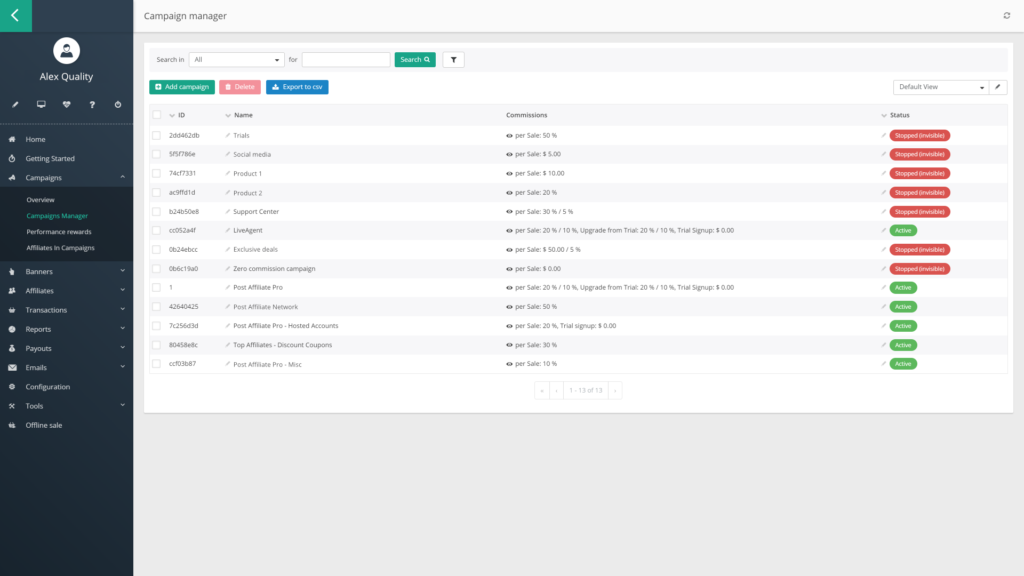
Some affiliate marketing programs, like Post Affiliate Pro, offer the ability to monitor and modify campaigns at any time, so have your calendars ready to put more of your attention towards tracking and improving.

7. Use design software
Making your own designs for your brand is great, albeit at times difficult depending on your budget. It’s important to invest in visual content for your digital marketing efforts, as this contributes to your overall brand image. Your social media posts won’t get far if they are mostly text, especially competing against flashy ads coming from every direction. Don’t fret though, there are many design software you can use to assist you in making jazzy content that’s pleasing to the eye, and more importantly, distinguishable. Well-known programs like Photoshop, or even easy-to-use apps like Canva are great examples that are easily accessible. There are also countless apps specifically for Instagram, so if that’s your main social media channel, make sure to check out photo-editing tools to help your brand stand out.
8. Visuals are great
There’s no denying it, visual content takes the cake when it comes to social networks. Rich content can be eye-catching, informative, and represent the brand’s image all at the same time. Even starting from the basics, nobody will consider your brand if you don’t have your social profile fully set up with graphics. Make sure to set up your profile photo and cover photo uploaded (of course, along with a completed “about us” section).
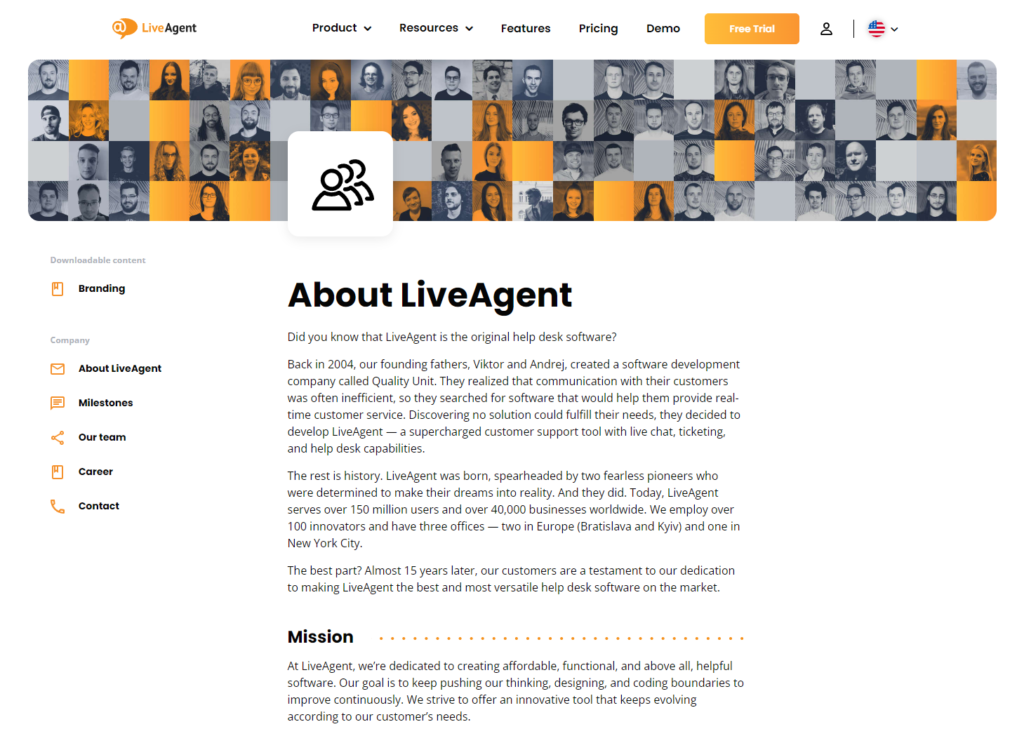
Once your social media accounts are ready to start branding efforts, keep in mind that visual content does not necessarily have to be an over-the-top production. Graphics and videos are much better received than text, and consequently are more likely to be shared and interacted with by social media users. In fact, 86% of marketers state that using videos in their marketing efforts has improved conversion rates. Including images such as team photos, photos of events you’ve organized or participated in, and behind-the-scenes videos are all examples of visual content that can be beneficial.
Apart from the graphic aspect of them, they also show the faces behind the brand and can help your business feel more “human” and approachable. Creating infographics is a fantastic method of portraying important and educational information in an eye-catching visual. Charts, trends, and statistics can be made in a way that is easy to digest and fun to look at. Other graphic types of content you can invest in are inspirational quotes and affirmations. Many people love to share quotes that represent their points of view so accurately. Most social media platforms have facilitated visual-based content, such as Instagram stories and reels, IGTV, Facebook LIVE, and Twitter Spaces; you can use it to your advantage!
9. Don’t be afraid of influencers
If there is anyone who knows their way around social media networks, it is definitely influencers! Don’t be afraid to collaborate with influencers when it comes to your social media strategy, you might just be missing out on a great opportunity! There are many benefits a brand can get when working with influencers that end in a win-win situation for both ends. Affiliate marketing is a great example, as influencers and content creators partner up with brands to promote products in return for a commission.
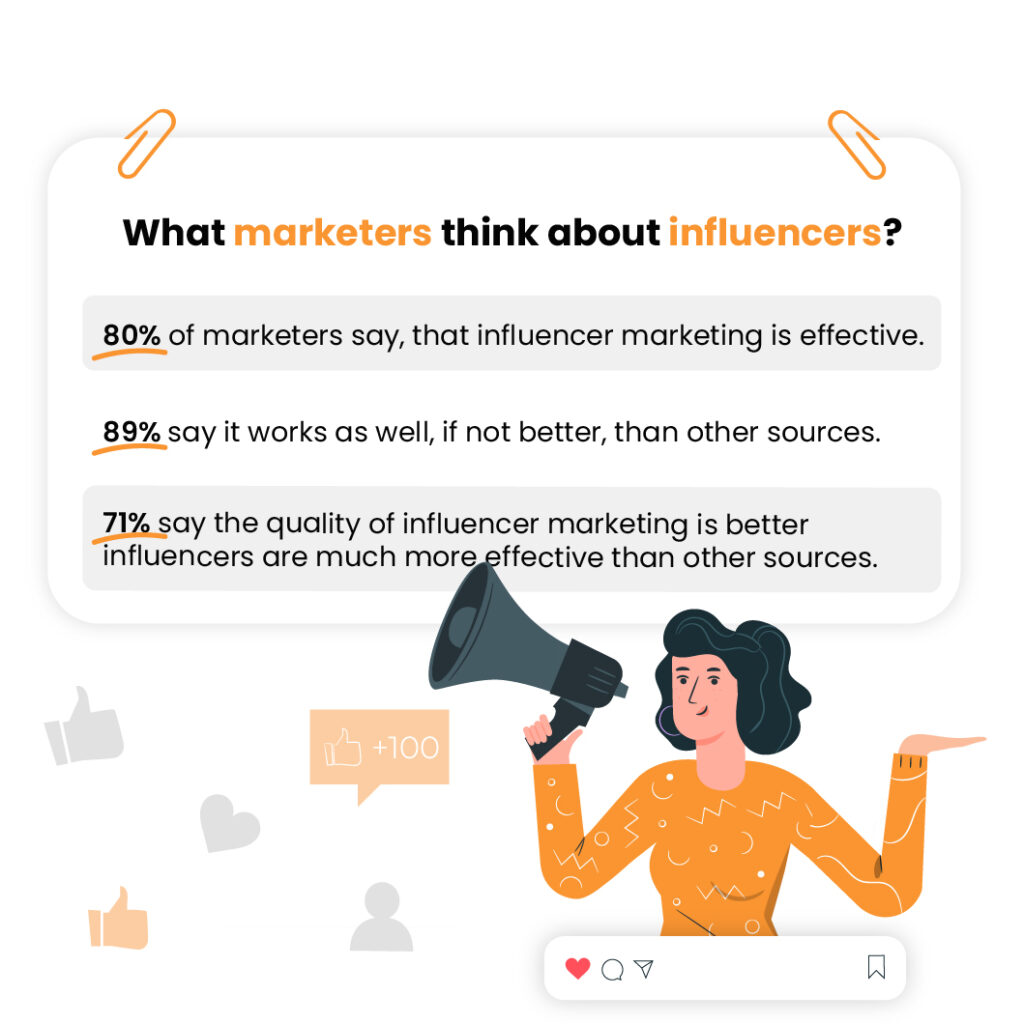
The brands receive huge amounts of exposure in their target niche, and the influencers gain passive income. When it comes down to it, the relationship between influencers and their audience is invaluable, so researching and finding the right influencers for your industry is imperative. Building a positive, long-term relationship with your influencers will benefit your affiliate marketing efforts greatly, as you will gain access to an expanse of new potential customers. As of now, 65% of influencers as affiliate marketers are using social media to stay in touch with customers. Another great by-product of influencer collaborations is the amount of social proof built around your products and services from their promotional content. When it comes to your social media branding strategy, make sure to include those who navigate the game best!
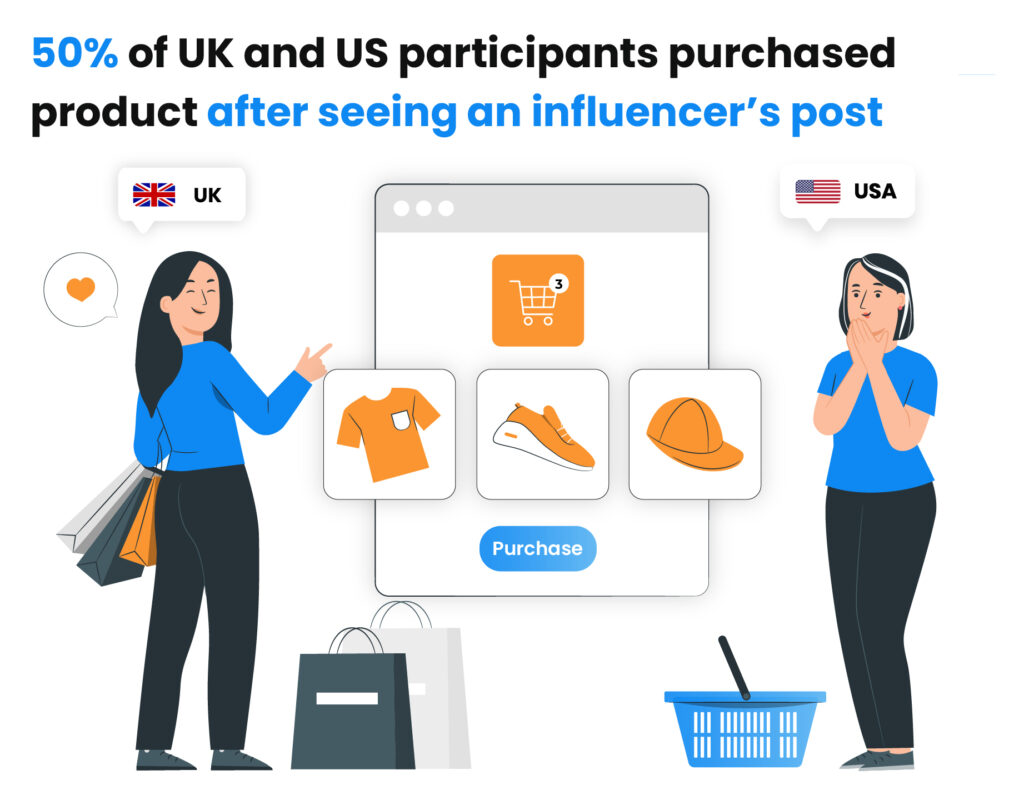
10. Consistency
Once you’ve managed to get valuable and relevant content to post, finding the perfect rate of consistency is the next crucial step. Although it may seem logical to post multiple times per day to be the most visible, over-posting actually exists. Not only does severe over-posting become annoying over time, but it also makes it difficult for users to find the highly-valued content on your page, as it gets drowned by the peripheral posts. That being said, only posting once a week or once a month is also not going to help your algorithms much to be visible on your followers’ feeds. Posting three to four times per week has been shown to be a balance point, although it depends on your brand’s product, service, or industry.
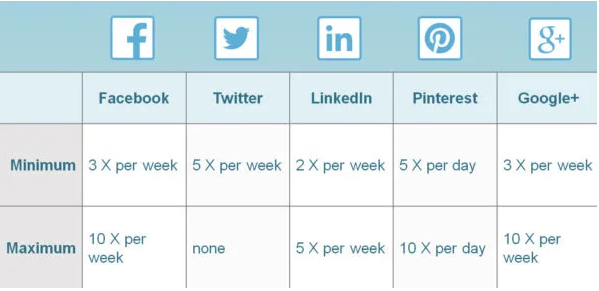
Narrowing down focus on the metrics that are most important to your brand will help track the optimal posting pattern for you. This includes how many times per day to post, at what time, and other data regarding engagement rates.
Consistency is a key element of online marketing, as is the emphasis on quality over quantity.
Conclusion
In this day and age, it’s almost a given that any business should have an online presence. Being in the digital era, it’s only natural that social media is growing so much. Online traffic is increasing exponentially, so positioning yourself exactly where that happens is crucial for any business. Fortunately, social media content branding is rather accessible and familiar for most people. This form of marketing can get huge reach, so being able to represent your brand and portray your values and business vision is quite important.
Social media branding can help with consistent communication, increase engagement activity, and facilitate sales processes. However, there are quite a few important elements that should be taken into consideration when creating a branding strategy on social media. Making a plan and content calendar is a good way to organize efforts for long-term goals. Creating relationships instead of focusing on sales helps build trust in the community, resulting in loyal customers. Paying attention to trends and using visual content are also methods that can enhance your branding strategy. With such a dynamic form of social networking, there’s definitely a lot of room to ride the social media wave with your brand’s style.
Frequently Asked Questions
What is a social media strategy?
The goal of a social media strategy is to describe all the content you will post on your business’s social media pages in detail, including questions like what, when, where, how, and why.
What is social media branding?
Social media branding is a way to utilize the power of the platforms to engage with your audience, establishing a perception and image of your business.
How can you use social media for branding?
Social media is incredibly useful for creating a brand’s image, portraying values and visions of the business, and keeping in close communication with the audience.
Why is social media branding important?
Social media branding is important because it helps build brand trust and authenticity, extends audience reach, and allows you to be in control of how your brand is seen by prospective customers.
Can influencers help in my social media branding strategy?
Absolutely, influencers know their way around social media branding and are especially helpful in the case of affiliate marketing. Influencers increase brand awareness and build social proof.
Share this article
How to use Social Media for Affiliate Marketing in 2025
Explore the power of social media for affiliate marketing in 2023! Discover strategies to optimize Facebook, Instagram, Twitter, and Pinterest for higher engagement and conversions. Learn how to use targeted ads, optimize profiles, and engage with your audience for remarkable affiliate success. Unlock the potential of social media and boost your affiliate earnings today!
How to Create an SEO Affiliate Marketing Strategy
Explore how to effortlessly boost your online presence with SEO affiliate marketing. Learn essential tips for success, including the power of long-tail keywords, and discover the benefits of upfront investment. Optimize your affiliate marketing strategy with trusted tools like Post Affiliate Pro, and start earning without the hassles of product creation. Unlock the potential of SEO-driven traffic and maximize conversions today!
Building Relationships with New Affiliate Partners
Discover essential strategies for nurturing successful affiliate partnerships with clear communication, timely payments, and engaging campaigns. Learn how to educate, support, and collaborate with new affiliates to boost engagement and drive sales. Visit now to elevate your affiliate marketing game!
Tips To Earn From Affiliate Marketing Via Social Media
Unlock the secrets of earning money through affiliate marketing on social media platforms like Facebook, Twitter, and Instagram. Learn how to target specific groups, leverage quality products, and use tools like Tailwind and SEMRush to maximize your earnings. Engage with other marketers, become a community influencer, and discover tips to boost your income. Start turning your social media presence into a profitable venture today!
Affiliate marketing for beginners
Discover the essentials of affiliate marketing for beginners with Post Affiliate Pro. Learn how to build an audience, create engaging content, and use marketing channels to earn commissions. Unleash your passion for your niche, showcase products through video, and boost sales with special deals. Dive into the world of affiliate marketing today!
How to build long-lasting affiliate relationships
Discover how to foster enduring affiliate partnerships with Post Affiliate Pro. Learn the secrets of building trust, maintaining transparent communication, personalizing interactions, and gathering feedback for successful affiliate marketing. Empower your affiliates and boost your program’s results today!














